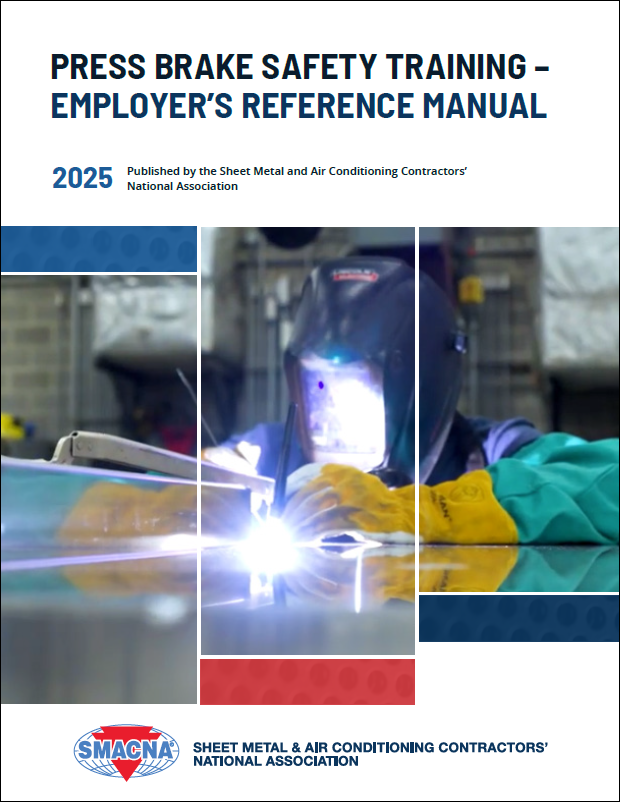Updated Press Brake Safety Training Manual Now Available on SMACNA’s Website
Critical safety resource has been recently updated and revised by SMACNA’s Safety and Health Committee to align with current best practices and regulatory standards.

Originally launched in 1997, SMACNA's Press Brake Safety Training Manual has been a crucial resource for enhancing press brake safety. We’re excited to announce that the manual has been recently updated and revised by SMACNA’s Safety and Health Committee to align with current best practices and regulatory standards
The May 2025 finalized edition is now available for easy download from the SMACNA website. The refreshed manual offers enhanced hazard awareness guidance, new control strategy recommendations, and practical, user-friendly templates designed for today’s sheet metal shop environments.
You can now access the new Press Brake Safety Training Manual in the Safety Products section.
- Under "Guide to Safety and Health Policies, Procedures, and Model Programs, click: Learn More.
- Login in your account.
- Scroll to the bottom and click the red "Accept" button.
- Click," See All" under Part III: Model Written Programs.
- Scroll down and click, "Press Brake Safety Training Manual and Training Videos: Overview and Safe Distance Safeguarding."
For questions or assistance with implementing the new manual, contact the SMACNA safety team.
Jul 2, 2025 — Member Update
Latest Articles
Jan 7, 2026 - Justin Bankston from SMACNA Premier Partner Milwaukee Tool walked us through some of their product offerings, including new lines focused on enhancing worker safety.
Jan 7, 2026 - TJ Stock from SMACNA Premier Partner Johns Manville detailed some of their new duct liner solutions and why their products are vital to emerging jobsites such as data centers.
Jan 7, 2026 - Award honors forward-thinking leaders from SMACNA member companies and the winner will be announced and recognized at the upcoming MEP Innovation Conference!

